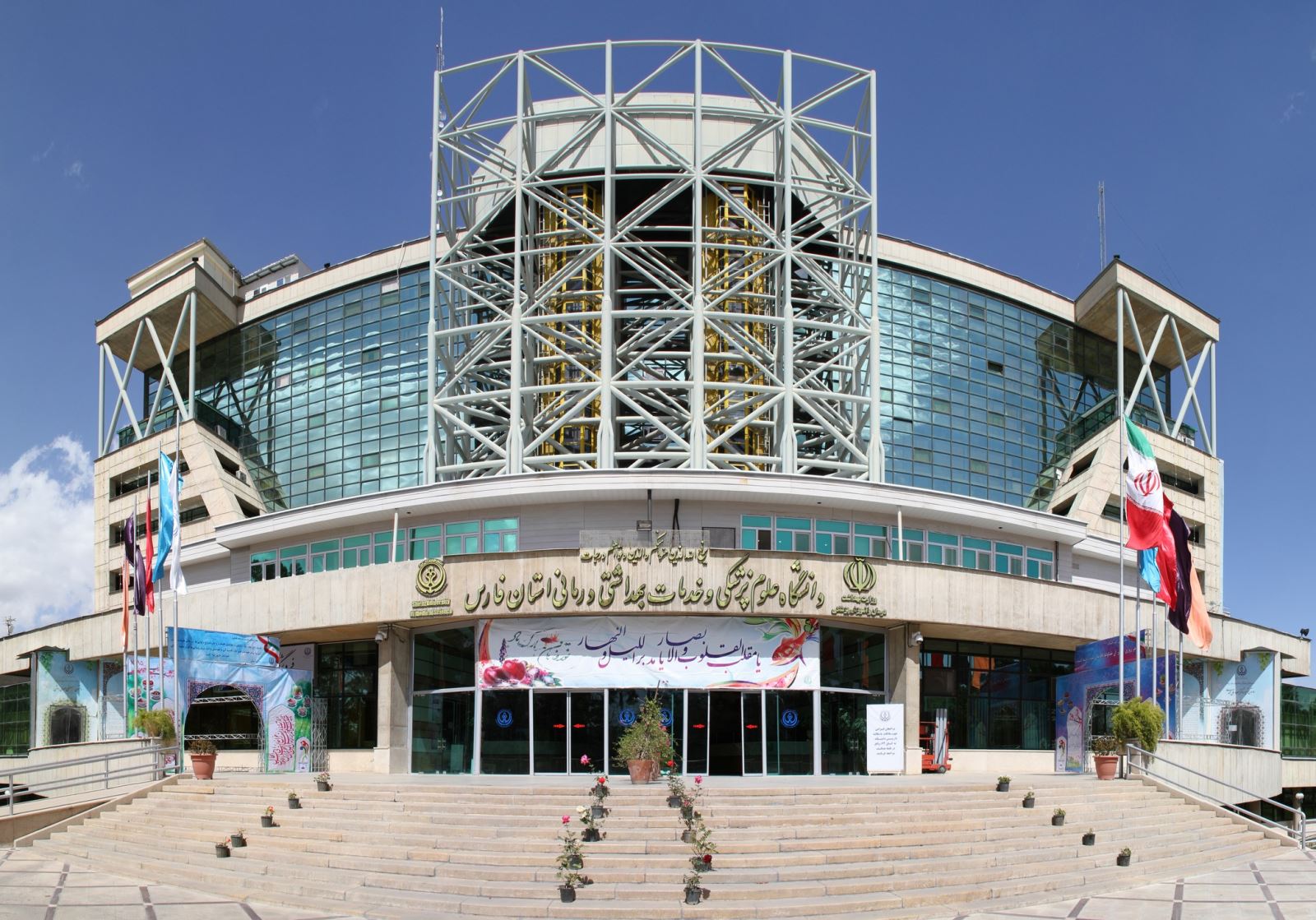History and Overview of Shiraz University of Medical Sciences

Shiraz University of Medical Sciences (SUMS) was established in 1946 as the Behdari Higher Health Education Center (also known as Amouzeshgah-e Alee Behdariye Shiraz) to educate medical experts within four years. In 1949, the facility developed into a medical school which was later governed by Shiraz University-formerly known as Pahlavi University- in 1954. Seven other schools, including the School of Nursing and Midwifery, the School of Dentistry, the School of Nutrition and Food Sciences, the School of Health, the School of Paramedical Sciences, the School of Pharmacy, and the School of Rehabilitation Sciences, were also established in Shiraz within a brief period to train students in various fields allied to medicine.
Complying with Iran’s policy and following the establishment of the Ministry of Health, Treatment, and Medical Education, all medical schools and related disciplines were separated from the Ministry of Sciences, and they began operating under the supervision of the newly established ministry. Therefore, these schools changed into new entities and formed independent medical universities in each province. Consequently, the School of Medicine and the other abovementioned schools at Shiraz University created Fars University of Medical Sciences in 1994. In that time, Fars University of Medical Sciences was the only medical school in Fars province and was in charge of providing medical education and healthcare services in public facilities, as well as supervising private healthcare providers throughout Fars province; therefore, following the establishment of other medical schools * in this province, Fars University of Medical Sciences was renamed Shiraz University of Medical Sciences (SUMS), which is still operating under this name. SUMS currently comprises 17 schools, 55 research centers, 6 incubators, 45 public hospitals (including 14 teaching hospitals), 2 community health centers in Shiraz ** , 28 health networks *** throughout Fars province. 17 private hospitals (including 3 charity hospitals) in Shiraz are also providing services under the supervision of SUMS.
SUMS is famed for its transformative learning experiences and distinctive learning environment for undergraduate and graduate students partly due to its diversity of programs, including 51 master’s, 39 Ph.D. by coursework and dissertation, 16 Ph.D. by research, 32 specialty, 21 subspecialty, and 32 fellowship programs, as well as a tentative list of academic short-term training programs. Thus, covering a vast scope of aspirations, abilities, and interests, the SUMS community encompasses approximately 900 permanent faculty members, 35,000 staff members, and 10,000 students, residents, and fellows.
SUMS practical knowledge and expertise have reputed the University in the region and positioned it, particularly as the major hub for the following scientific areas:
-
Liver Transplantation (major hub in the Middle East)
-
Clinical Immunology (major hub in Iran)
-
Clinical Microbiology (major hub in Iran)
-
Advanced Electronic Education (major hub in Iran)
SUMS is also known as one of the leading centers for cochlear implantation nationwide and for other advanced treatments in the Middle East. As the region’s preeminent destination for health tourism, SUMS is a valuable platform adept at the below medical practices:
-
Organ Transplantation (liver, heart, kidney, et cetera)
-
Cochlear Implant
-
Interventional Radiology
-
Minimally Invasive Surgeries (Laparoscopy)
-
Bone Marrow Transplantation
-
Surgical and Interventional Cardiology Procedures
-
Ophthalmic Surgical Procedures
-
Interventional Urology
-
Interventional Oncology
-
Interventional and Surgical Orthopedics
-
Interventional Thoracic Surgery
-
Interventional Infertility Treatment
-
Coronary Angiography
-
Hepatic Angiography
-
Cancer Radiation Therapy and Chemotherapy
-
Orthopedic Surgeries Fetal Surgery
-
Treatment of Infertility employing IVF Technology
-
Spine Surgery Neurosurgery Procedures
-
Otolaryngology-Head and Neck Surgery
-
Advanced Electronic Learning
-
Clinical Immunology
-
Clinical Microbiology
-
And many others.
Notes
* Jahrom University of Medical Sciences, Fasa University of Medical Sciences, Larestan University of Medical Sciences, and Gerash University of Medical Sciences
** These health centers are responsible to supervise rural and urban comprehensive health services centers, health posts, and health houses in Shiraz.
*** SUMS Health Networks are located in twenty-eight cities in Fars province (each of these cities has one health network), and each supervises hospitals, urban and rural comprehensive health services centers, health posts, and health houses throughout the county where they are located.
For more information please check the links below:
Discovering Shiraz
Why SUMS